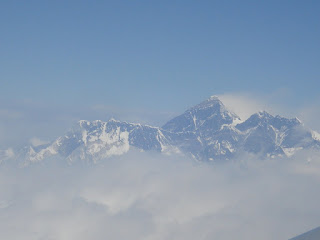
Well, my experience this week tell me, its not easy. Thought have been in hotter places like Delhi it was a gradual acclimatization. But arriving in Ahmadabad in the early hours of Monday was not as bad as I thought. When I left England on Sunday it was a nice day at 25 degrees (but we complained) and arriving here it was about 35 after a 10 hour trip. It was very warm and hard for a human body to absorb. It got worse as the day progressed and later I heard it went upto 42 degrees.
I was tired and wanted to sleep before going to work but didn’t make much progress as the room AC didn’t work and the bed was so irritating. Having a wash was not that helpful too. Well how can it be when hot water flows out of cold tap.
This is my third time in Ahmadabad. I didn’t have much time during the first visit but going to the Gandhi Ashram was a highlight. The second visit in December last year gave me little time as I was here only for a week. that was however was enough to get used to the hustle and bustle of Ahmadabad.
Ahmadabad is a typical Indian city where the tradition and modernity blends. It growing fast and getting busier. A place known for business- Gujaratis are known for their business acumen are active national and international business. In the past they were known for textiles but now in many businesses. They are also known as philanthropist, specially in the past The famous Ambani family is from Gujarat.
The hotel I am staying is a boutique hotel run by the third generation of a family who inherited this wonderful mansion of about 12 room. They are getting more rooms soon as part of the building occupied by the government is now released to the family. This house was originally built by Mangaldas Garidaras, a hero of a rags to riches real life story. Visit http://www.houseofmg.com/
SEWA Bank is the organization I am working with. Another special organization catring to the financial needs specially of poor women of Ahmadabad. Presently this is a cooperative bank but a modern bank own by women. The bank is one unit of SEWA movement, Self-Employed Women Association, a register trade union which has been working for the upliftment of poor women laborers and workers. Learn more from http://www.sewabank.org/. A remarkable story of human spirit and determination by their leaders.
Today in office there were two treats given by two employees whose children have fared well in SSC- senior secondary certificate exams – parallel to OL. They have scored averages of 86 and 91 – very high standards.
.




